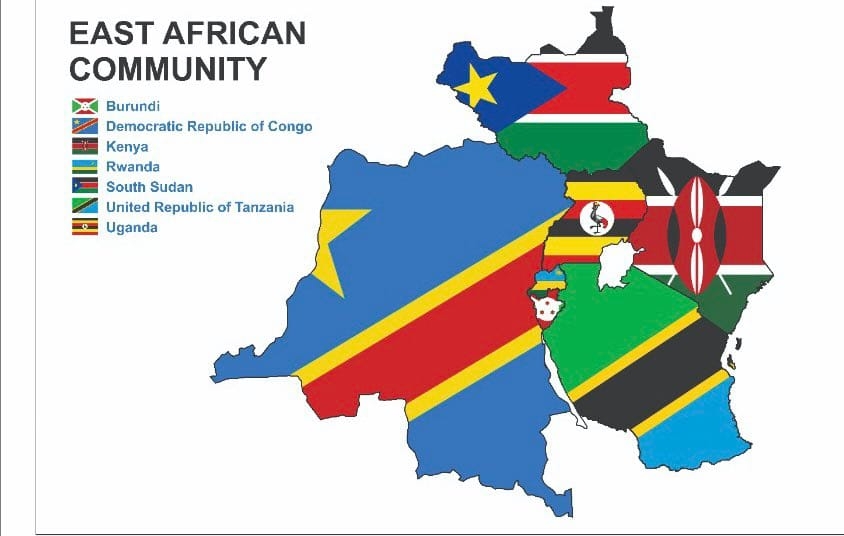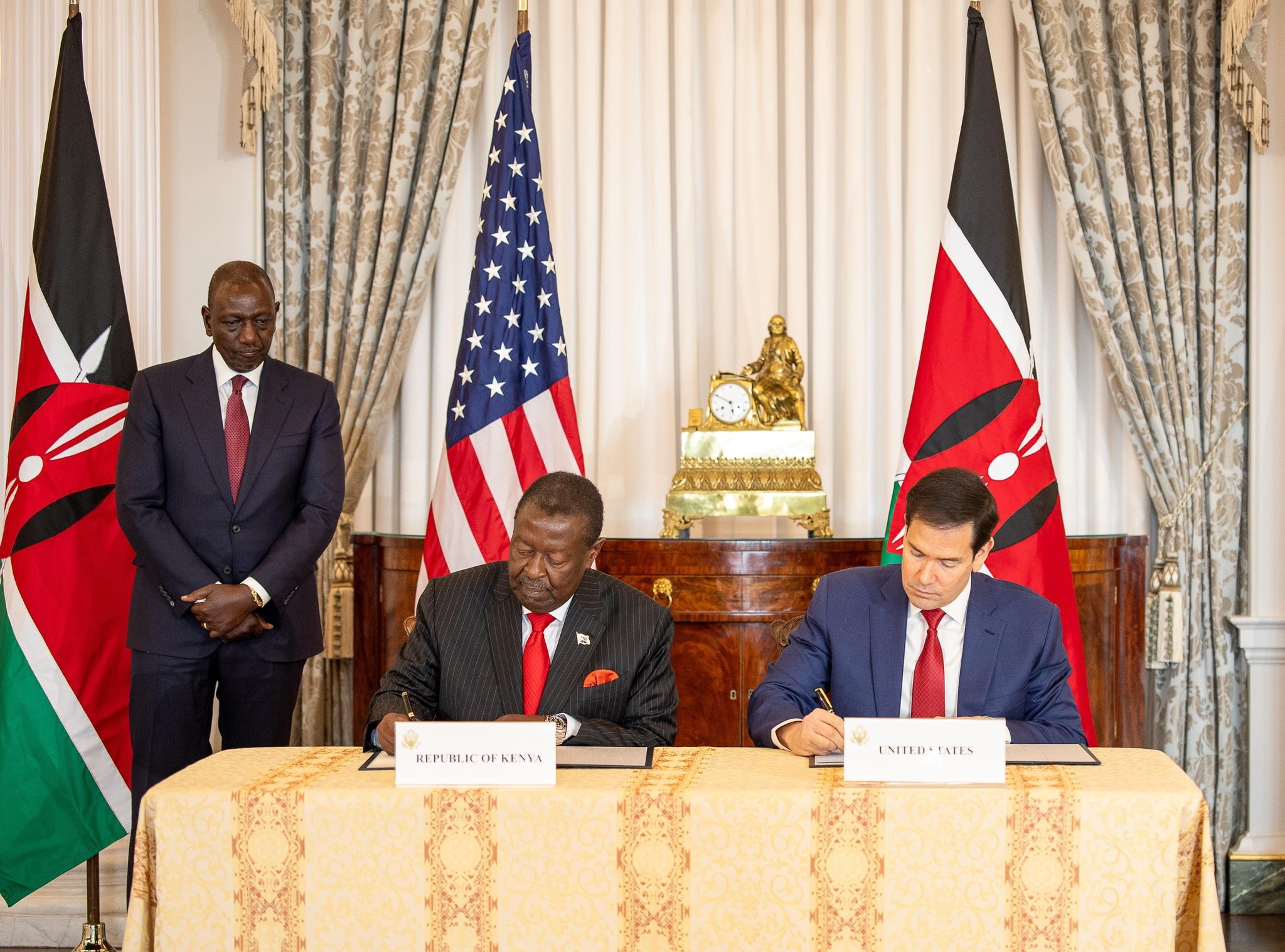The United Nations Conference on Trade and Development has called for increased efforts to channel net-zero finance towards developing economies, amid a huge shortfall.
This comes as Kenya, DR Congo, Gabon, Ghana, South Africa and Zambia stand to hugely benefit from the opportunities derived from climate change mitigation and decarbonization.
Key sectors include power, transport, agriculture, construction, mining, and natural gas.
The call by UNCTAD emphasizes the crucial need for capital in developing countries, where significant opportunities for growth lie.
UNCTAD Secretary-General Rebeca Grynspan said the energy transition, a critical element in addressing climate change, requires substantial investment.
“The investment needs are much higher in developing than in developed economies, relative to their existing asset bases,” Grynspan said at the ongoing World Investment Forum in Abu Dhabi, UAE.
To limit global warming to 1.5° Celsius above pre-industrial levels, the world needs investment equivalent to one and a half times today's global GDP by 2050.
The forum brings together governments, global institutions, investors, stock exchanges, investment promotion agencies and sovereign wealth funds to discuss the challenges of financing global sustainable development and the energy transition.
Foreign Direct Investment will be key to the transition, especially in the renewable energy sector, experts noted.
International project finance constitutes 55 per cent of total project finance values, rising to over 75 per cent in the least developed countries (LDCs).
However, the high cost of capital, particularly in countries facing debt distress, poses a significant hurdle.
Africa, burdened by interest rates four to eight times higher than developed countries, struggles to attract the necessary investment.
Having received only 3.5 per cent of global FDI, and even less in renewable energy investment, 31 developing countries, including 11 LDCs, haven’t registered a single utility-scale power-plant-sized international investment project in the energy transition sector since the Paris Agreement in 2015.
The United Nations Framework Convention on Climate Change (UNFCCC) estimates indicate that about $125 trillion of direct capital investments are needed to transform the global economy and avoid the worst physical impacts of climate change by 2050.
Of this, about $32 of investments is needed by 2030, out of which $1.7 trillion (Sh254.7 trillion) or 5.3 per cent of this amount is required in Sub-Saharan Africa, that is $170 billion (Sh25.5 trillion).
Renewed pledges for adaptation made at COP26, hosted by UK in partnership with Italy, in Glasgow, UK, in 2021, equate to $40 billion (Sh 5.9 trillion) in funding by 2025.
This however falls short of estimates by the UN Environment Programme (UNEP) that annual adaptation costs for developing countries would total $70 billion (Sh10.5 trillion).
New pledges totaling more than $230 million (Sh 34.5 billion) were made to the adaptation Fund at COP27 in Egypt last year.
At COP26, Kenya reaffirmed the Paris Agreement’s goal of limiting the increase in the global average temperature to well below 2°C above pre-industrial levels and pursuing efforts to limit temperature increase to 1.5 °C above pre-industrial levels.
Kenya’s Nationally Determined Contributions (NDC) 2020-2030 seeks to reduce greenhouse gas emissions by 32 per cent by 2030, through initiatives such as increasing the share of renewable energy contribution to the national grid.
According to the Energy and Petroleum Regulatory Authority, the CO2 emissions have been fluctuating with electricity generation with the lowest recorded in February 2022.
Kenya ranks first in Africa and seventh in the world in installed geothermal power generating capacity.
As of June last year, about 86.98 per cent of the energy generated in the country was from renewable energy sources.
These are hydro, geothermal, wind, bioenergy and solar.
“The installed capacity of renewable energy sources as at June 2022 was 2,481.69MW, which accounts for 78.55 per cent of the total installed capacity,” EPRA said in its recent energy sector report.
UNCTAD underscores the role of international investors in providing more affordable finance to reduce the cost of capital for projects.
On average, bringing in international investors lowers the spread on debt finance by eight per cent in developing countries.
Collaboration with multilateral development banks and government stakes in public-private partnerships can further decrease the spread by 40 per cent, it notes.
















